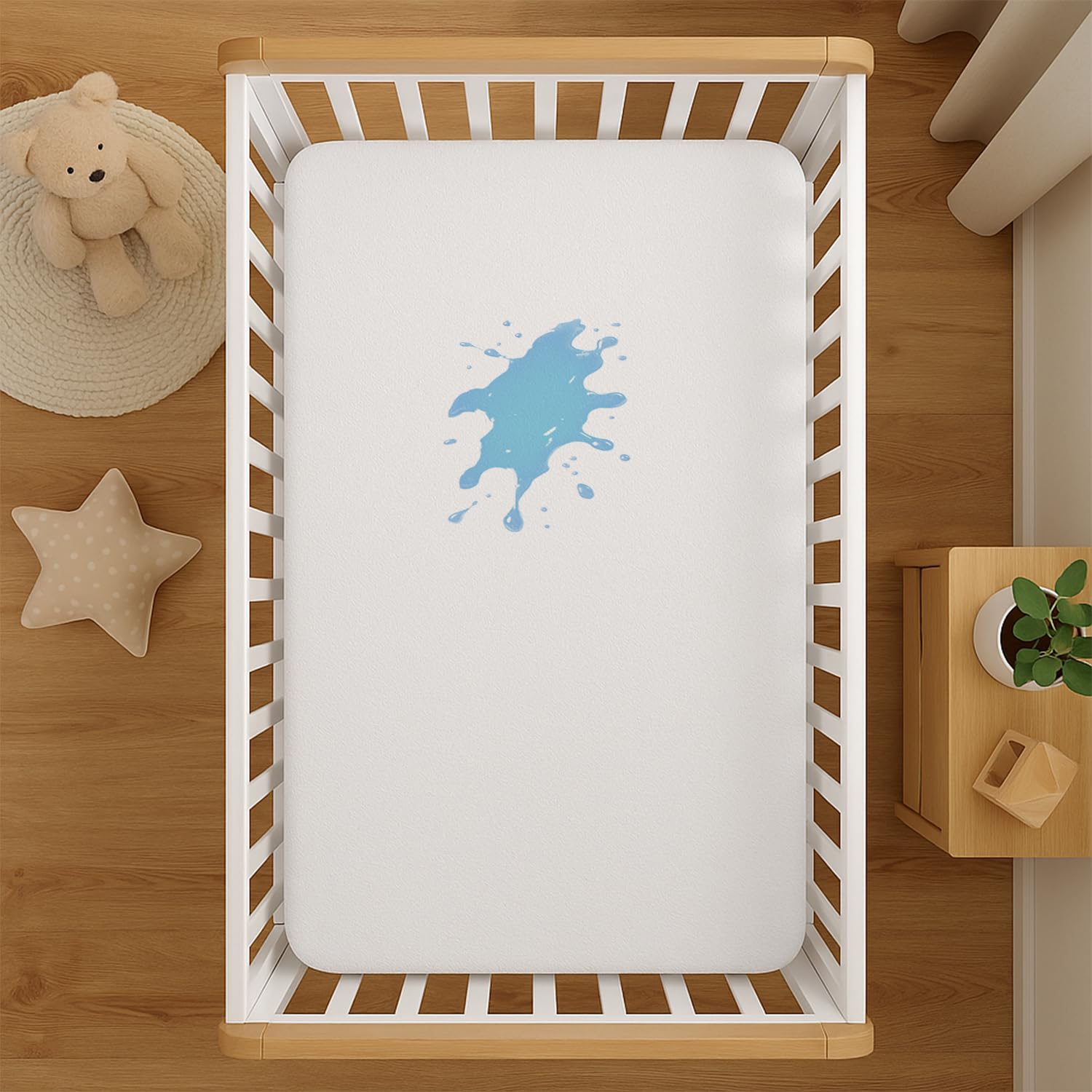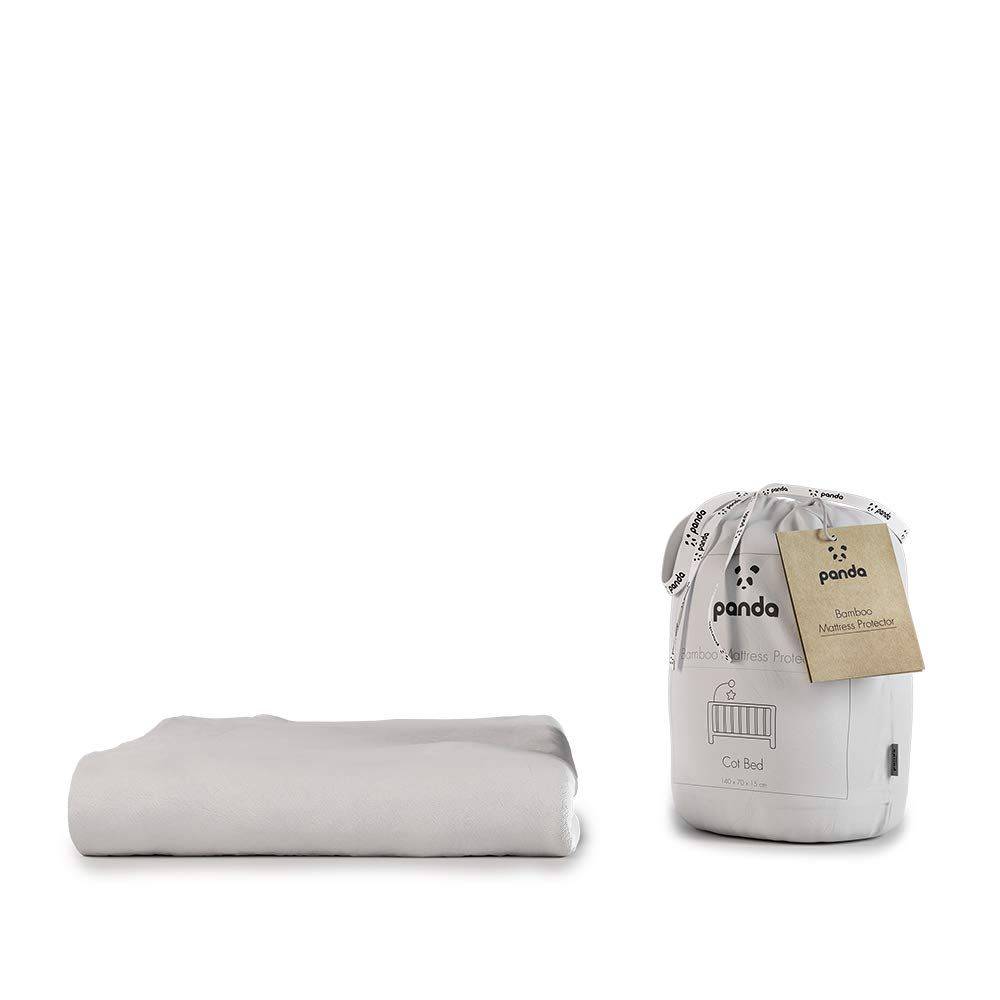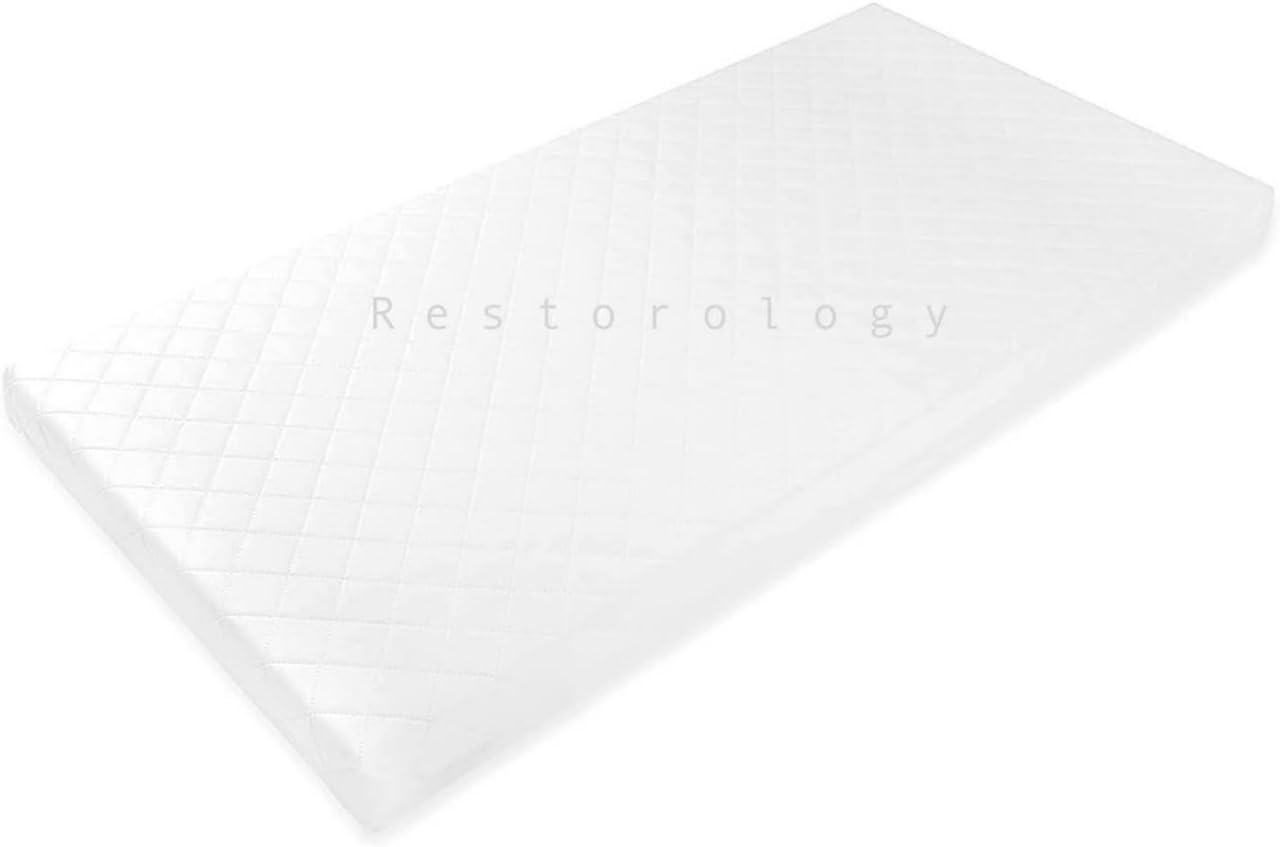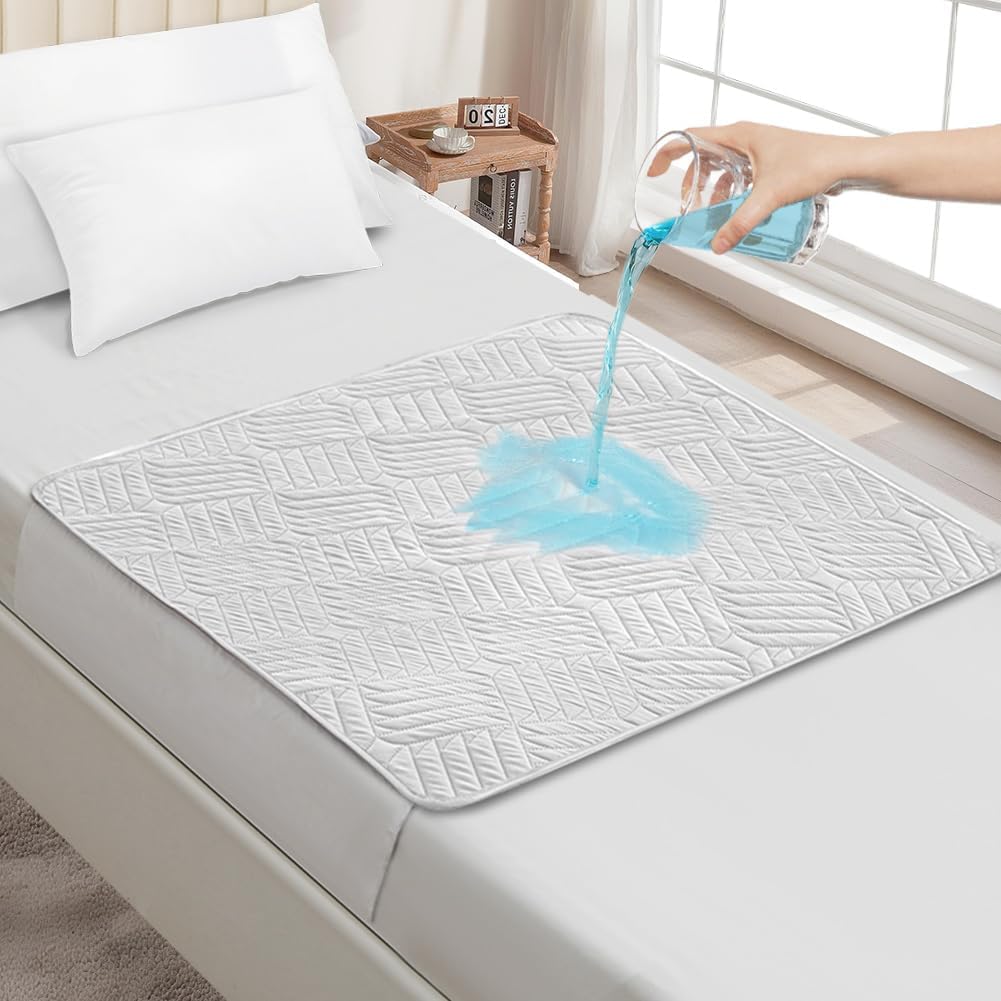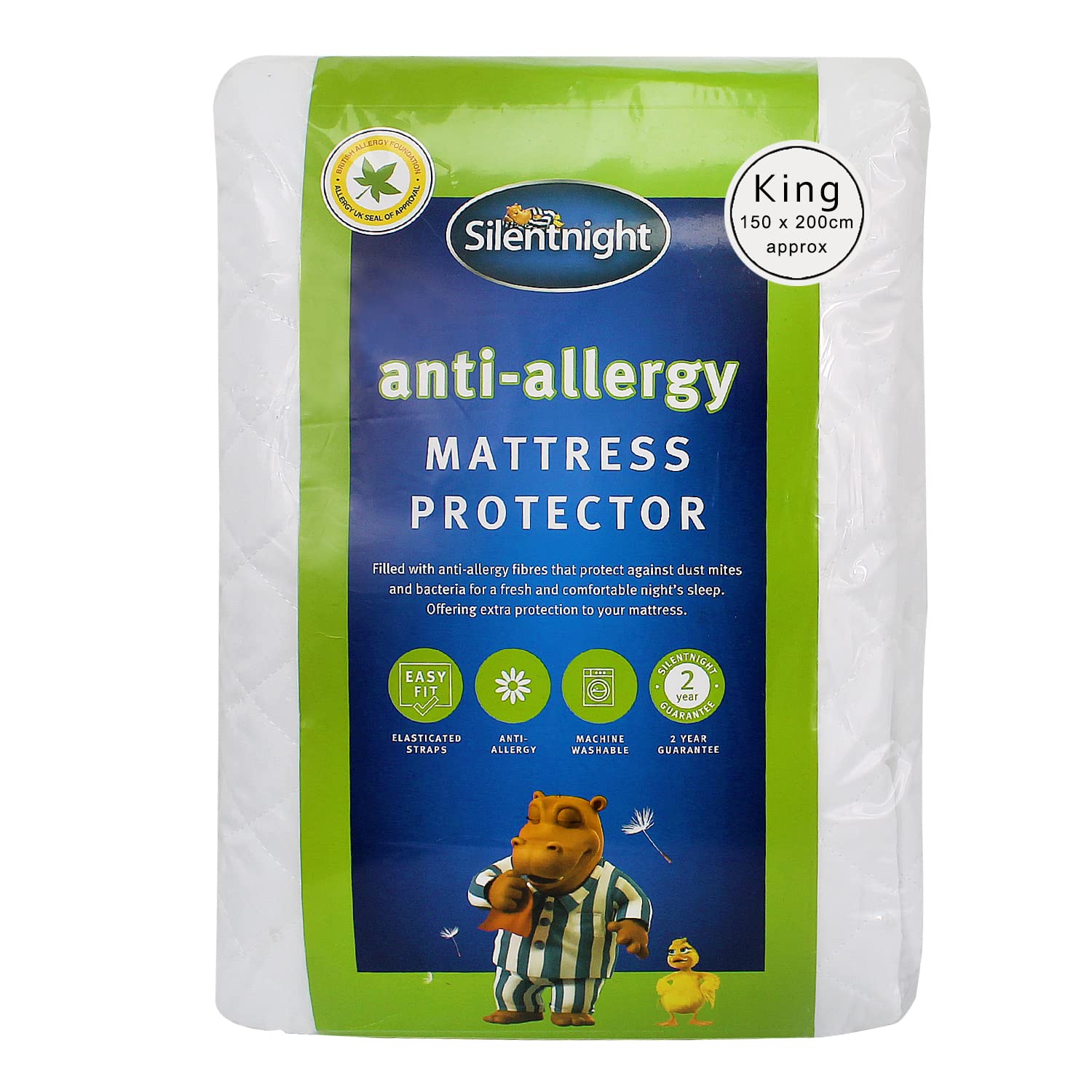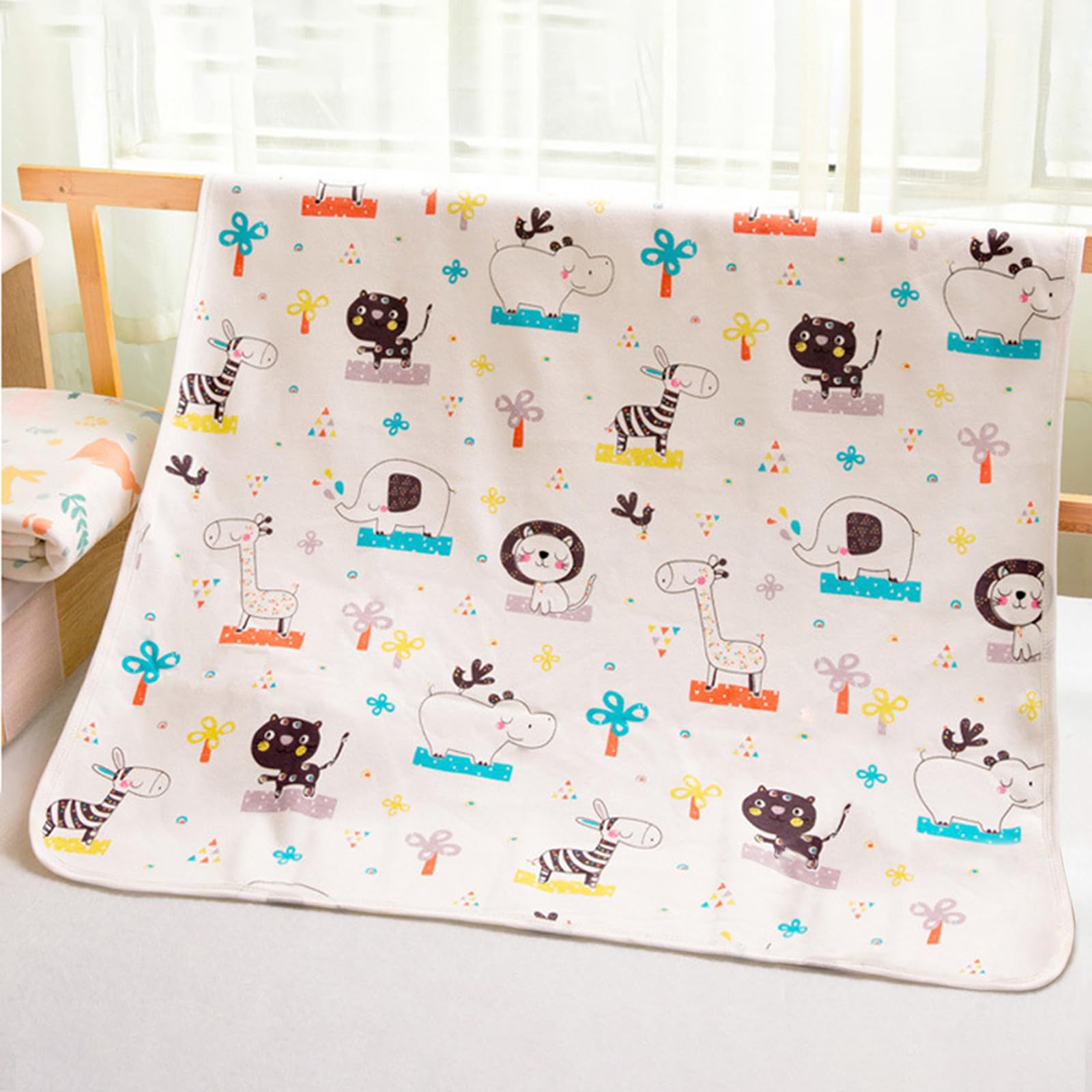Allergy control and mattress hygiene often lead to a common question: should you choose a full encasement that zips around the mattress or a fitted protector that covers the top and sides like a deep sheet? Each has strengths. This guide compares barrier performance, comfort, noise and care so you can match the right protection to your needs without making the bed feel warm or crinkly.
Breathable bases such as bed sheets that stay cool set the tone for the rest of the setup.
Barrier Coverage and Pore Size
Encasements surround the mattress on all sides and zip closed, which provides the most complete barrier against bed bugs and helps reduce exposure to house dust mites. Look for fine pore sizes and reinforced micro zips with fabric guards that cover the zip end. Fitted protectors shield the top and sides from spills and dirt, which is enough for most households. For everyday protection, a fitted style with a breathable waterproof membrane performs well while keeping comfort high.
Comfort and Noise
Comfort depends on materials. A fitted protector with a soft cotton or bamboo top and a thin polyurethane membrane sleeps quietly and breathes well. An encasement adds a full fabric layer around the mattress, which can feel slightly warmer. If you need an encasement for allergy reasons, choose breathable knit fabrics and make sure the fit is snug so the fabric does not wrinkle. Avoid rigid plastic films in both styles, as they trap heat and can be noisy.
Washing and Maintenance
Fitted protectors are easy to remove and wash weekly with sheets. Encasements are more involved. Plan to remove and wash them less often, perhaps monthly or quarterly, while washing sheets and pillow protectors weekly. Follow label temperatures, use mild detergent and skip heavy softeners. Dry on low heat or line dry to protect membranes and zips. If an encasement is difficult to handle at home, consider a service wash a few times per year.
Who Should Choose Which
Choose a fitted protector if you need simple spill protection and quiet, breathable comfort. It is the right default for most people. Choose a full encasement if you need maximum allergy control, if you are dealing with bed bugs, or if you want to protect a new mattress completely from dust and wear. Some households use both: an encasement as the base layer for long term protection and a fitted protector on top for easy washing.
Fit and Depth
Match pocket depth to your mattress plus any topper. A fitted protector should hug without stretching. For encasements, check that the depth range covers your mattress and that the zip runs smoothly around corners. A loose encasement can wrinkle and feel warm, while an overly tight one can strain the zip. Measure carefully before buying.
Barrier fabrics and deep, quiet fits are common in mattress protectors for UK beds; many pair them with breathable sheets to keep low, even warmth.
FAQs
Are encasements hot to sleep on? Breathable knit encasements with thin polyurethane membranes feel comfortable for many people, but they can be slightly warmer than a fitted protector. Choose breathable sheets and avoid heavy layering.
Can I use both? Yes. Use an encasement for long term protection and a fitted protector for easy washing. This combination balances hygiene and comfort.
Do encasements stop dust mites? They reduce exposure by creating a barrier. Pore size and zip design matter. Keep washing sheets and pillow protectors hot for best results.
